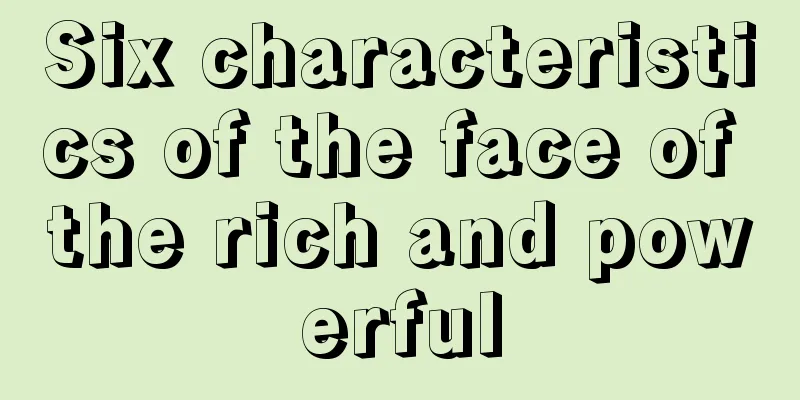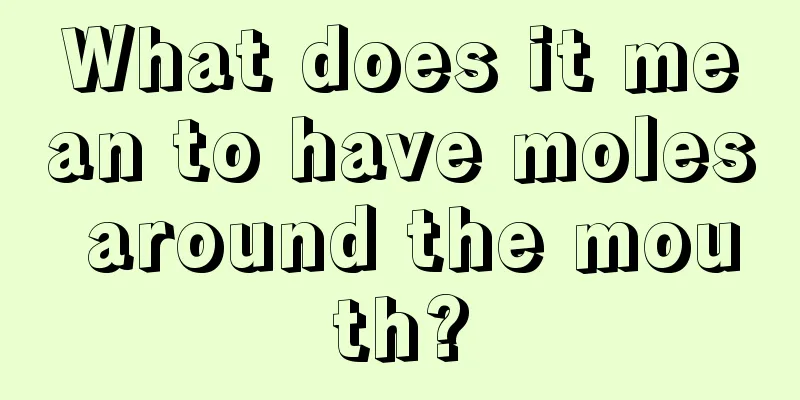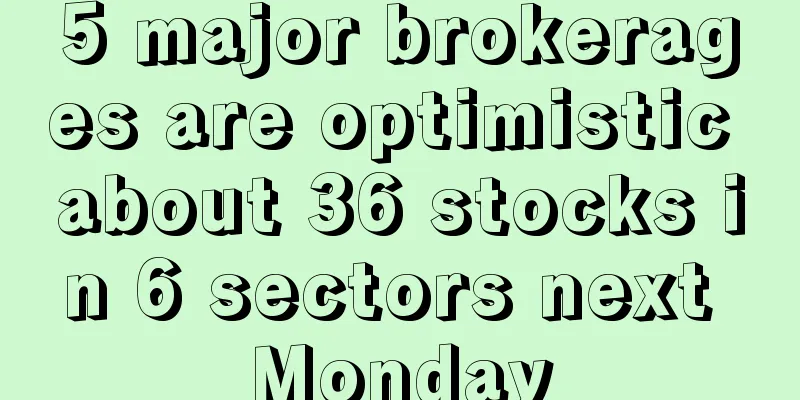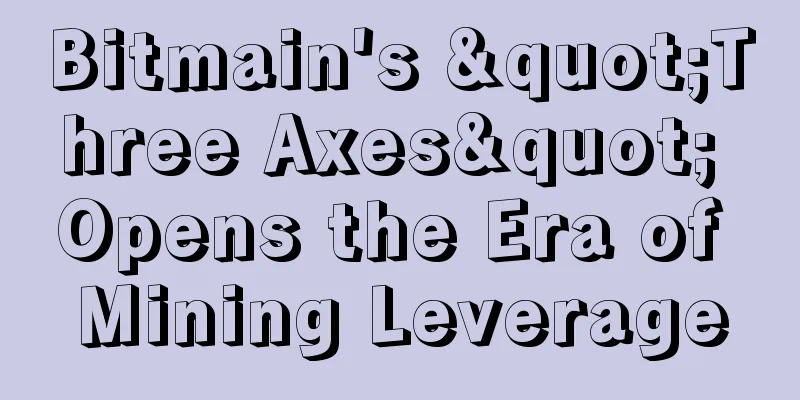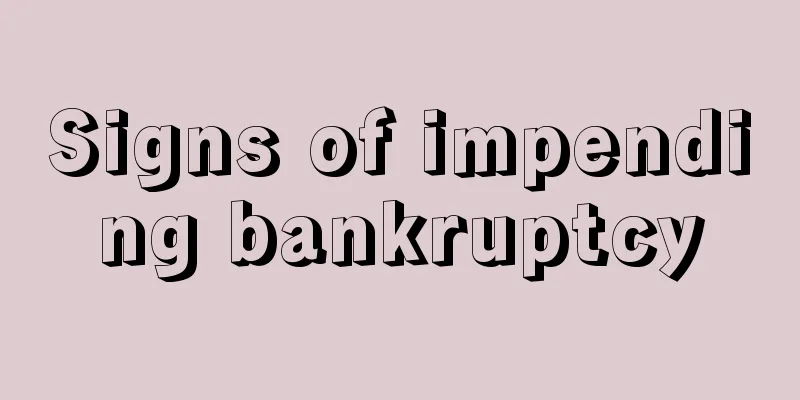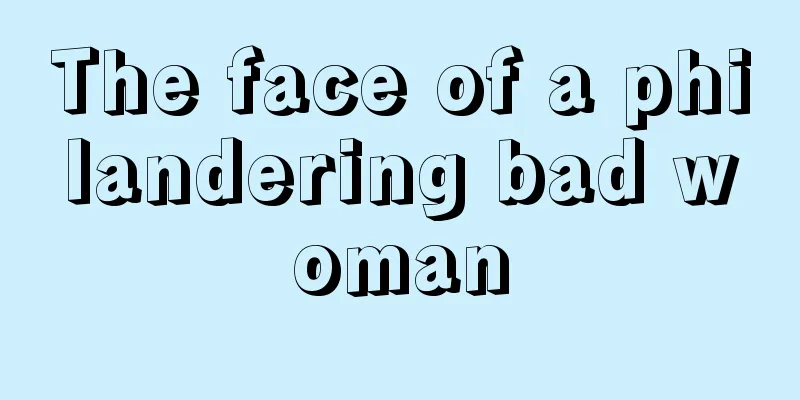Standard & Poor's: The mass adoption of blockchain technology could change the ratings of financial institutions

|
Global ratings agency Standard & Poor’s (S&P) may consider changing its ratings of large financial institutions if blockchain use becomes widespread and starts to impact current business models. In a report released on Wednesday, Standard & Poor's (S&P) said it believes rising investment in blockchain technology is indicative of a 'change' in the financial industry. Blockchain is like a giant decentralized ledger that records every transaction and stores that information on a global network so it cannot be altered. Banks see the technology as being useful for everything from money transfers to securities trading, cutting costs and creating a tamper-proof record of transactions without the need for a third party. S&P said blockchain, a technology that can streamline back-office operations, reduce clearing and settlement times, facilitate payments and generate new revenue streams for financial institutions such as banks and asset managers. But don’t expect blockchain to gain widespread adoption anytime soon. S&P said:
S&P said the technology could give companies a competitive advantage and even begin to reduce the 'relevance' of certain business models. In this context, S&P said they may 'consider changes to ratings' if blockchain adoption accelerates faster than they expect, which would have broad implications for financial institutions' operating models. So far, many large banks have been working with a company called R3 to test the potential use of blockchain. On Monday, Wells Fargo and Commonwealth Bank of Australia demonstrated the first real-world use case of blockchain, processing and executing a batch of cotton transactions from the United States to China. |
<<: Japan is at the forefront of blockchain development
>>: DAO attackers transfer $60,000 as ETC hard fork completes
Recommend
A woman who is very good at dealing with others
Many girls are very shy. When they deal with peop...
See what kind of "couple look" you are
You met in the vast crowd and became close lovers...
Hyperledger adds new blockchain application deployment tool "Cello"
Rage Review : Linux Foundation’s Hyperledger proj...
Miners are betting big on the halving, is a super mining disaster coming?
At the end of October, BTC briefly returned to th...
What are the characteristics of the other half of a man with a mole of misery? How can he find his destined true love?
What is the fate of a man with a mole of misery? ...
How to see stingy face
How do you interpret a stingy face? People from d...
What do men who are unlucky in marriage look like? You should leave these men as soon as possible.
Men are quite sensitive about women being unlucky...
Who is the real villain?
Who is the real villain? 1. Narrow forehead If th...
Lu Haiyi, the mysterious founder of BitDeer, gathered mining experts to discuss shared mining machines
On March 24, the first stop of BitDeer's &quo...
What are the facial features of people who are good at speaking and communication?
1. People with full forehead People with full for...
Bitcoin halving countdown 5 days! Price breaks through $9,200
Author: Liang Che Source: bitpush.news According ...
OKCoin: Is the Fed's rate hike a pressure or a driving force for Bitcoin?
International Online Internet Finance Channel: Th...
What is the fate of people with moles on their foreheads?
In physiognomy, the central part of the forehead ...
Will a second marriage be inevitable if a mole of misery is found? Will a second marriage be a happy one if a mole of misery is found
The mole of misery refers to a black mole that gr...
What does it mean if there are nasolabial folds on both sides of the mouth?
Human facial features are very magical things. Th...

